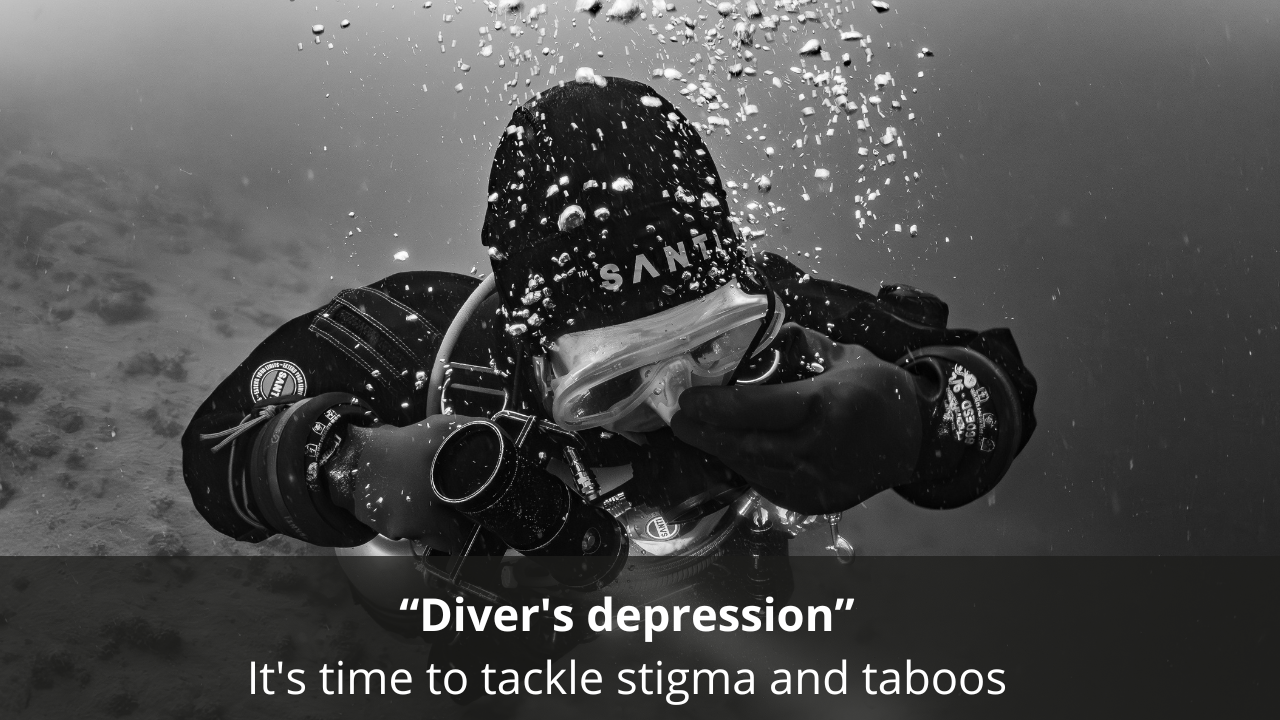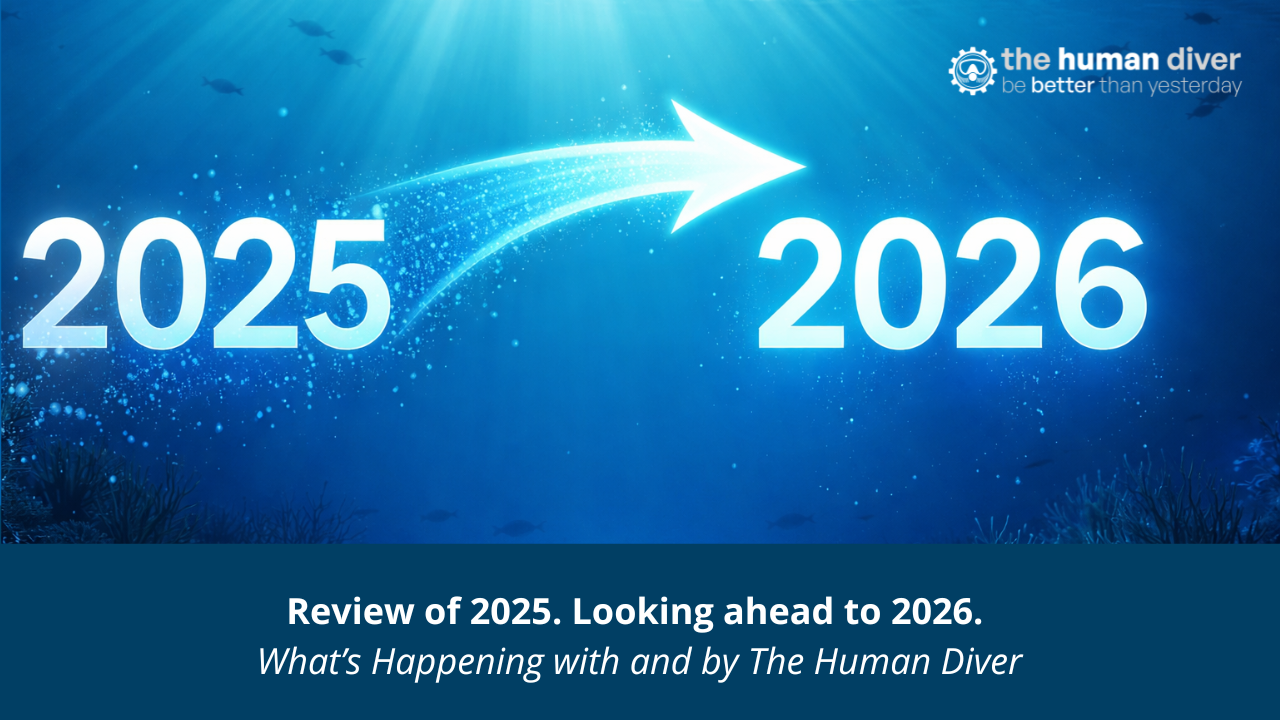
Why we need change
Dec 20, 2023I’ve been having a lot of conversations recently about change. Why it’s needed, how to effect it, and who needs to drive it. Today I’m focusing on the why.
Winston Churchill said “To improve is to change, to be perfect is to change often”. That change happens in this world and in life is a known fact. Most people accept this, and will manage a small degree of change fairly easily. After a change has happened and become the new normal people tend to look back and decide whether it was positive or negative. Think back to the first time you saw a mobile phone. For some, you might be thinking about the one on the left, others, the middle or the right.

While there will always be some people who prefer the “old ways”, most people agree that the modern smartphone has made our lives much easier. Changes that don’t work generally get rejected and are then adjusted further before being implemented. Famous examples include Windows Vista, the GAP rebranding, and the Tropicana repackaging.


But what about all those times when changes did work? Almost every product or company you’ve ever interacted with will have changed during the course of their life, very often for the better. Often these changes are small, as these are the least noticeable for consumers. But sometimes bigger changes are needed, if technology has improved or systems have to be replaced. The bigger the change, the more we humans struggle with it. We like things to stay the same; consistency is comfortable. When it comes to diving, we’ve done the same things, been taught the same way and followed the same processes for many decades. The biggest changes we’ve had to deal with were going from the ABLJ to the BCD, the use of dive computers, or for some going from open to closed circuit. The way we have been teaching has remained the same, pretty much since recreational diving began its boom years in the mid seventies. This is great for instructors, it’s an incredibly comfortable place to be, to be able to teach the same course over and over for decades in the same way. So why change now?
Knowledge
The main reason is because our knowledge has evolved. We now know that not only is it possible to teach people while they are neutrally buoyant, it also makes them better divers! Enough mavericks have been teaching this way for long enough to prove the concept. When new style DIR agencies started to appear they furthered the case for it and helped show not only why to do it but also how. That ‘how’ has been talked about by many instructors and documented in blogs and on Youtube enough that even the most ignorant of instructors is likely to have heard of it by now. Newer agencies are insisting on it, older agencies are suggesting it. Change seems to be inevitable.
Equipment
We’ve come a long way since the early days of double hoses and no wetsuits. The most recent change has been driven from the cave and tech community, the increasing uptake of wings and long hose set-ups. Once cavers realised how much easier these made their lives they started sharing them with recreational divers. It took a while to catch on but the last 10-15 years or so has seen a huge increase in people using wings even for single tank, non-overhead diving. Once recreational divers saw the benefits, they too wanted to share these. Instructors started questioning why students couldn’t learn in this configuration. Again, the DIR agencies led the way and showed people how to do it. The more people who learn this, the more people want to share the ease of it, and the louder their voices get, driving further change.

Teaching methods
The final main reason for change is the huge development in teaching methods over the last few decades. Teaching is a subject that is well studied and new systems are being developed regularly. In diving we’ve seen the introduction of new technology such as videos and most recently online courses. Some agencies are starting to teach their instructors how to teach, not just what to teach. Of course, one of the big new fields is Human Factors or non-technical skills. We now have ways for instructors to improve students' situational awareness, communication, decision making and teamwork. This makes better instructors, and better and safer students/divers.
All these reasons for change seem fairly solid. And yet there are still people who are resisting. Why is this? For one, it’s because of the comfort factor I mentioned earlier. Change requires effort. To re-learn to teach something you’ve been teaching for decades is harder than learning to teach something new. But by not changing and staying up to date with modern best practice, we’re not giving our students a fair start. Another reason is the “but we’ve always done it this way” excuse. If something works, there is very little incentive to change it. Students who are taught negatively buoyant, on their knees still learn to dive. Indeed, most instructors probably learnt that way themselves. “If it ain’t broke, don’t fix it” is a mantra in many places. But to affect change we need to always be looking at other options available and deciding what is best. The final reason things don’t change is that age-old demotivation: money. It costs time (and therefore money) to retrain people, replacing equipment can be expensive and re-issuing materials with new teaching and learning techniques in is costly. All of this leads on to next weeks blog: Who is responsible for change?

Jenny is a full-time technical diving instructor and safety diver. Prior to diving, she worked in outdoor education for 10 years teaching rock climbing, white water kayaking and canoeing, sailing, skiing, caving and cycling, among other sports. Her interest in team development started with outdoor education, using it as a tool to help people learn more about communication, planning and teamwork.
Since 2009 she has lived in Dahab, Egypt teaching SCUBA diving. She is now a technical instructor trainer for TDI, advanced trimix instructor, advanced mixed gas CCR diver and helitrox CCR instructor.
Jenny has supported a number of deep dives as part of H2O divers dive team and works as a safety diver in the media industry.
If you'd like to deepen your diving experience, consider taking the online introduction course which will change your attitude towards diving because safety is your perception, visit the website.
Want to learn more about this article or have questions? Contact us.










